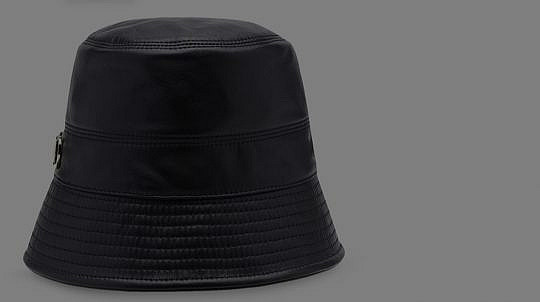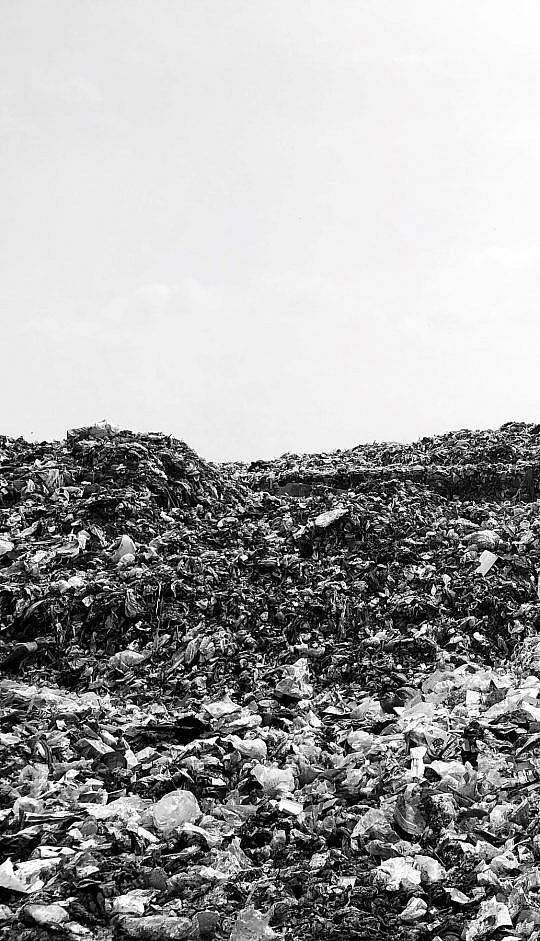Chrome tanning: how does it work and why is there so much confusion about it?
The most widely used technique in worldwide leather production, and the most efficient, chrome tanning is used in the production of around 85% of all leather.
During tanning, the chrome links to the collagen which occurs naturally in the hide, changing its molecular structure. This stabilises it and extends its life – well-kept leather will last a lifetime and not start to biodegrade unless it is abandoned.
People are often confused about what type of chromium is used in the process. For tanning, a small amount of chromium (III) is used in the form of chrome mineral salts. This type of chromium is not hazardous to health. In fact, it is one of our dietary requirements, occurring naturally in foods including apples and green peppers. Drinking water is allowed to contain 50 micrograms (chromium III) per litre.
The toxic variation, hexavalent chromium or chromium (VI), is not used in the tanning process. It is possible for chromium (III) to convert to chromium (VI), but this needs extreme temperatures and oxidative conditions. These conditions are easily avoided by good tanners.
In recent years, tanneries have made great progress in the removal of any excess chromium from the water used in the process. This not only reduces the amount of chromium needed, as it can be reused, it also results in cleaner water.








